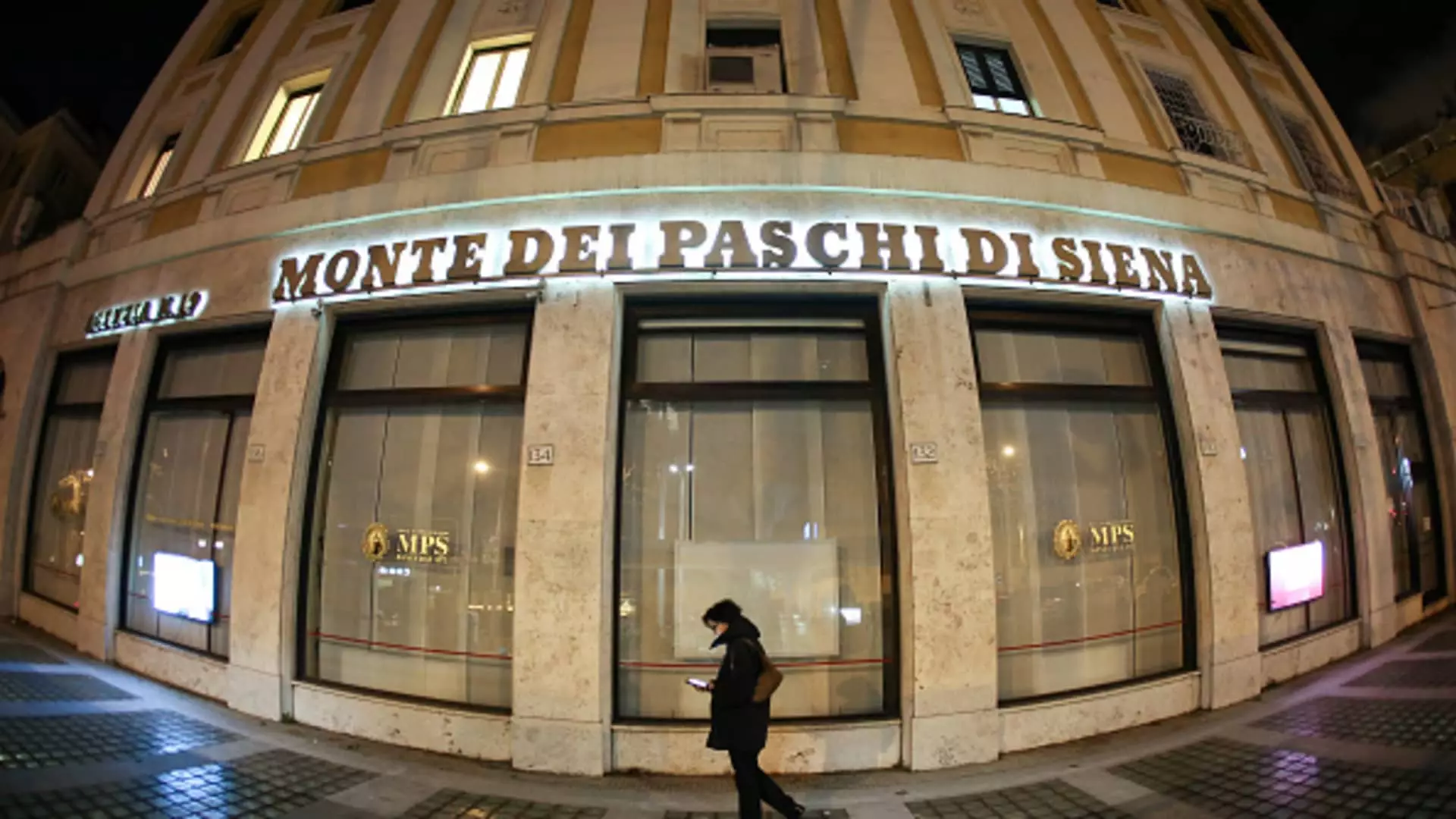On a momentous Friday, Italy’s storied financial institution Monte dei Paschi di Siena (MPS) ignited ripples across the banking sector by unveiling a formidable 13.3 billion euro ($13.95 billion) all-share takeover offer directed at Mediobanca, its more sizable peer. This audacious attempt to consolidate power within Italy’s banking landscape was met with mixed reactions from the market, showcasing a drop in MPS shares by nearly 8%, while Mediobanca experienced an uptick of over 6%. This juxtaposition hints at a complex narrative of investor sentiment surrounding the merger.
The proposed terms involve MPS extending an offer of 23 of its shares in exchange for every 10 of Mediobanca’s. Such an arrangement aspires to place the valuation of Mediobanca’s stock at approximately €15.992 each—a figure reflecting a 5% premium based on their closing prices as of January 23. Notably, the success of this initiative hinges on shareholder approval, with a crucial meeting slated for April 17.
As of the latest available data, the market capitalization of Monte dei Paschi was evaluated at 8.7 billion euros, in contrast to Mediobanca’s 12.3 billion euros. This disparity raises critical questions regarding the viability of the bid and whether MPS can leverage synergies that would justify its ambitious acquisition strategy. Analysts from KBW have cast doubt on the probability of success for this proposition, labeling its potential synergy as “limited.”
Moreover, the deal is anticipated to deliver annual pre-tax benefits estimated at 700 million euros, largely leveraging tax credits that originate from MPS’s history of sustained losses. Interestingly, Monte dei Paschi is not only eyeing financial gains but aims to capitalize on the strengths of both institutions. CEO Luigi Lovaglio expressed optimism about the merger, declaring that it represents “the best fit at the best time for a powerful business combination.”
The backstory of Monte dei Paschi is rife with trials and tribulations, culminating in a state rescue bolstered by taxpayer money in 2017 after enduring years of crippling losses. The Italian government’s ongoing investment, retaining an 11.73% stake, alludes to lingering state influence even as the lender gradually rights its ship under Lovaglio’s leadership—an executive known for his tenure at UniCredit.
Additionally, the notable stakes held by financial tycoon Francesco Gaetano Caltagirone and Delfin, the holding company of the late billionaire Leonardo del Vecchio, further complicate the ownership dynamics. Caltagirone and Delfin are not only major shareholders of MPS; they are also pivotal players in Mediobanca’s corporate structure, holding stakes of 5.03% and 9.78% respectively. The convergence of ownership complicates the narrative, raising questions about conflicts of interest.
Beyond the immediate implications for both banks, this acquisition attempt is indicative of a broader trend of consolidation within the Italian banking sector. It echoes the sentiments expressed by the Italian banking union Fabi, which has welcomed this acquisition as a critical step in refining the dynamics of the financial system amid a wave of mergers and acquisitions.
Monte dei Paschi’s recent history of financial rejuvenation, underscored by its return to dividend payments after 13 years, coupled with a solid CET1 ratio of 18.3% in the third quarter, bolsters its case for pursuing such an ambitious acquisition. These developments occur against a backdrop of high-interest rates, creating a favorable environment that has kindled M&A appetites across Italy’s financial landscape.
Monte dei Paschi di Siena’s audacious bid for Mediobanca is emblematic of a sector grappling with consolidation and restructuring. While the potential benefits may seem significant, the challenges ahead are equally Herculean. As stakeholders await the upcoming shareholder meeting, the banking world holds its breath, pondering whether this ambitious maneuver will forge a new Italian banking champion or become another cautionary tale of corporate overreach.

Leave a Reply